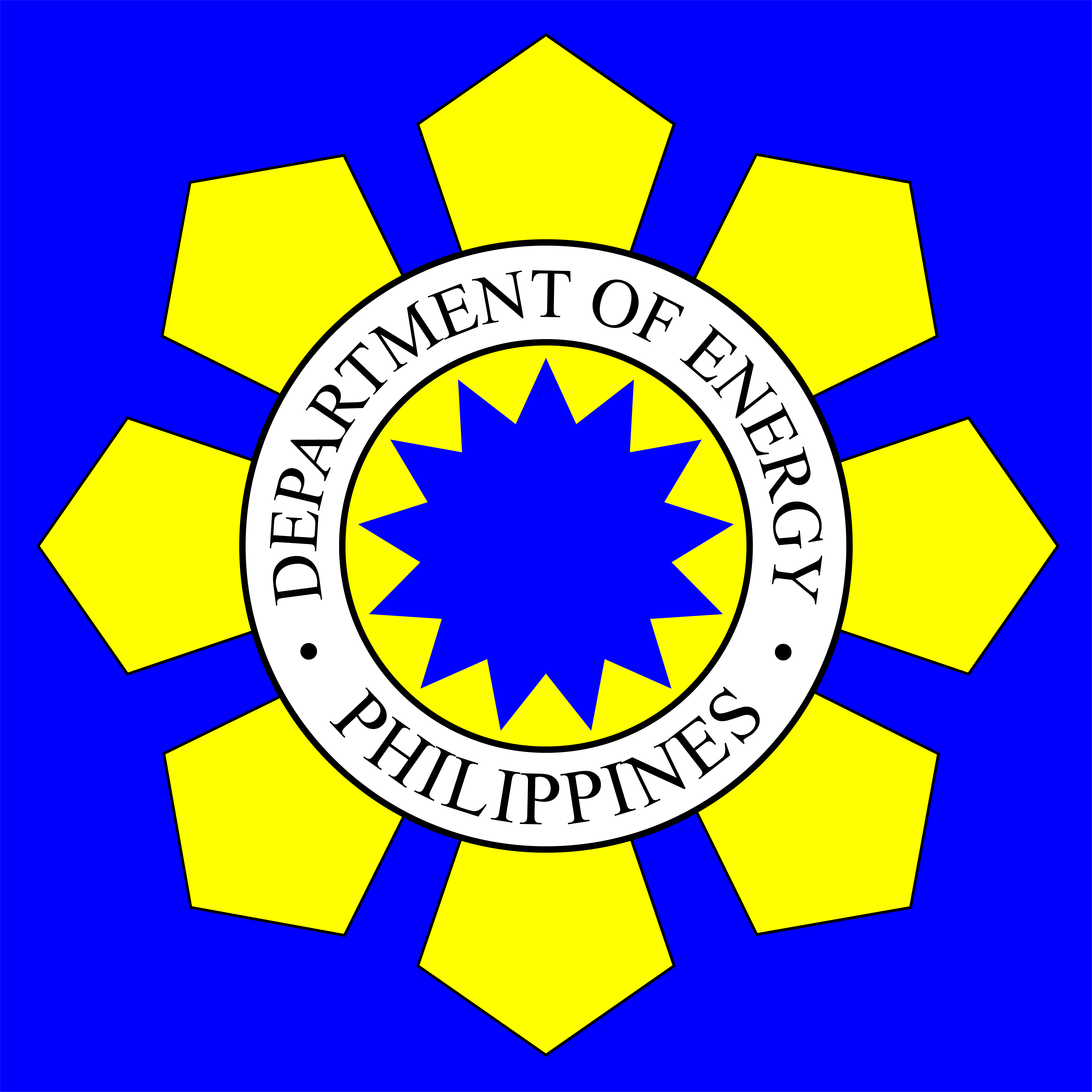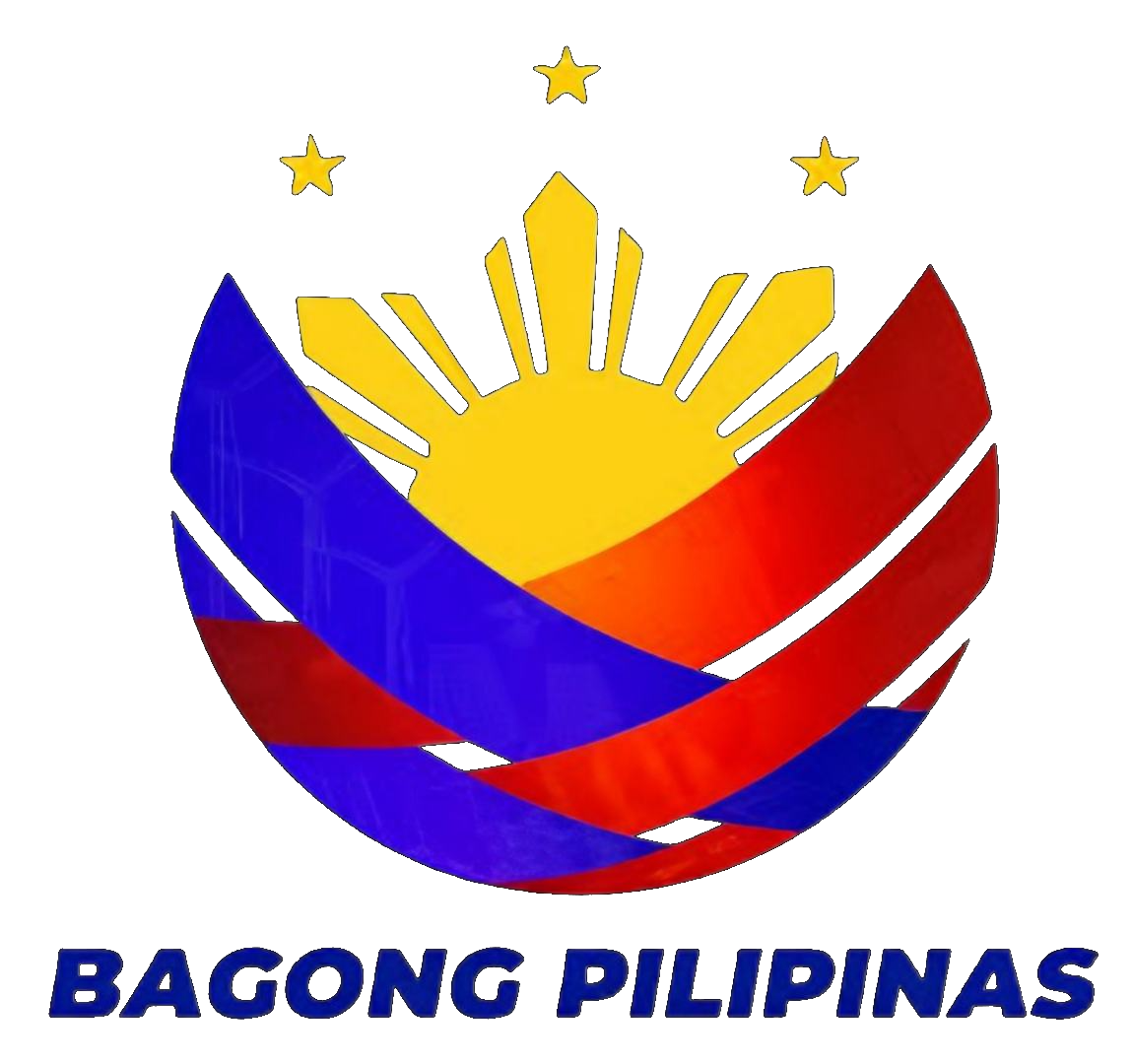17 Results
Executive Order
Executive Order
Executive Order
Executive Order
Executive Order
Executive Order
Executive Order
Executive Order
Plans
Executive Summary
The 2019-2028 Distribution Development Plan (DDP) contains the one-page infographic profile of 144 out of 151 Distribution Utilities (DUs), showing the supply- demand outlook and energy requirements for the ten-year planning period. It features the Power Supply Procurement Plan, which contains the proposed schedule for the Competitive Selection Process (CSP) to be conducted by DUs to procure power supply requirements to ensure the continuous provision of electricity supply to the consumers in a least cost-manner as what was mandated by Republic Act No. 9136. For those DUs without schedule for CSP, the power supply deficit in MW shortfall for the corresponding period is indicated.
This DDP also featured the 2018 actual number of customers and energy sales per customer class. It also includes comparison using percentage difference of the 2018 projection on number of customers, peak demand, electricity purchased, energy sales and system loss based on the 2018-2027 DDP versus the 2018 actual data based on the 2019-2028 DDP.
In 2018, the DUs registered a peak demand of 13,899 MW and is projected to increase from 14,602 MW in 2019 to 21,300 MW in 2028 with an annual average growth rate (AAGR) of 4.36% for the ten-year planning horizon. Luzon DUs recorded the highest peak demand in 2018 at 10,279 MW while Mindanao and Visayas DUs reported peak demand of 1,835 MW and 1,785 MW, respectively.
For the energy requirements, the DUs procured a total of 83,573 GWh in 2018 which is estimated to rise from 88,040 GWh in 2019 to 129,815 GWh in 2028 with an AAGR of 4.50%. Likewise, the DUs has a total energy sales of 77,409 GWh in 2018 which is seen to increase to 119,231 GWh by 2028 with an AAGR of 4.42% from its 2018 level.
With regard to the number of customers, there were 19.9 million customers being served by the DUs in 2018 wherein majority at 91.97% are residential connections, commercial customers at 6.17%, industrial customers at 0.23%, and customers classified as Others accounts for the 1.62%. With an AAGR of 3.86%, customer connections is forecasted to increase from 20.1 million in 2019 to 29.0 million in 2028.
History
The Philippines' Department of Energy (Filipino: Kagawaran ng Enerhiya), abbreviated as DOE is the executive department of the Philippine Government responsible for preparing, integrating, coordinating, supervising and controlling all plans, programs, projects and activities of the Government relative to energy exploration, development, utilization, distribution and conservation.
The Department of Energy was created by then President Marcos as he issued Presidential Decree No. 1206 which created the Ministry of Energy and attached the National Power Corporation and Philippine National Oil Company to this new agency. The Ministry was abolished during the Regime of Corazon Aquino. During the Regime of President Fidel V. Ramos, that Department was created by virtue of Republic Act No. 7638 otherwise known as the Department of Energy Act of 1992.
The Department was vested additional powers and functions under pertinent energy and power related legislations, such as Republic Act No. 9136 or the "Electric Power Industry Reform Act of 2001", Republic Act No. 9367 or "Biofuels Act of 2006", and Republic Act No. 9513 or "Renewable Energy Act of 2008."

